Home>Kitchen & Cooking>Kitchen Gadgets & Utensils>What Happens If You Leave A Kettle On
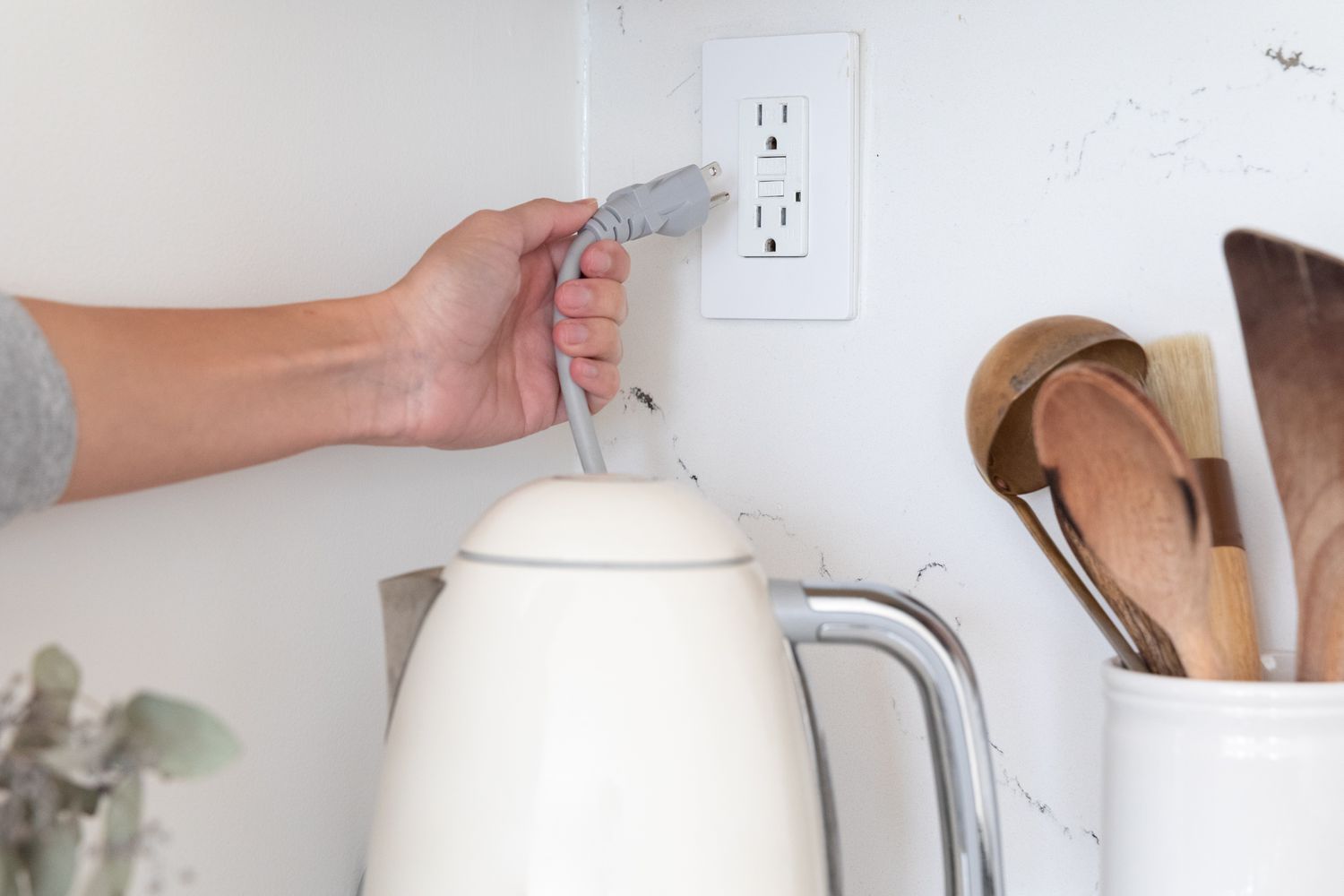

Kitchen Gadgets & Utensils
What Happens If You Leave A Kettle On
Modified: March 2, 2024
Discover the consequences of leaving a kettle unattended and the potential hazards it poses. Learn how to prevent kitchen mishaps with essential gadgets and utensils. Explore tips for kitchen safety and efficiency.
(Many of the links in this article redirect to a specific reviewed product. Your purchase of these products through affiliate links helps to generate commission for Storables.com, at no extra cost. Learn more)
Introduction
Welcome to the heart of the kitchen, where the humble kettle takes center stage. Whether it's for brewing a comforting cup of tea, preparing instant noodles, or whipping up a quick batch of oatmeal, the trusty kettle is an indispensable appliance in many households. However, have you ever wondered what might happen if you accidentally leave a kettle on? In this article, we'll delve into the fascinating science behind boiling water, explore the potential dangers of leaving a kettle unattended, discuss the consequences of such a mishap, and provide essential tips for safe kettle use.
So, picture this: you've just filled the kettle with water, flicked the switch, and then got distracted by a phone call or a sudden knock at the door. Minutes turn into moments, and before you know it, the kettle has been merrily boiling away for longer than intended. What could possibly go wrong? Let's embark on a journey to uncover the answers and gain a deeper understanding of the impact of leaving a kettle on. Whether you're a seasoned home chef, a tea aficionado, or someone who simply enjoys the convenience of a swift hot beverage, this exploration will shed light on the importance of responsible kettle usage.
Key Takeaways:
- Always stay with your kettle! Leaving it unattended can lead to fires, appliance damage, and safety hazards. Stay safe and mindful in the kitchen.
- Keep your kettle clean and positioned safely. Regularly check the water level and invest in a quality kettle with safety features. Stay mindful and promote a secure kitchen environment.
Read more: What Happens If You Leave Leaves On Grass
The Science Behind Boiling Water
Boiling water may seem like a simple, everyday occurrence, but the science behind it is truly remarkable. When you switch on your kettle, the electric current flows through a coil, which, in turn, generates heat. This heat is transferred to the water, causing the water molecules to gain energy and move more rapidly. As the temperature rises, the water reaches its boiling point, typically at 212 degrees Fahrenheit (100 degrees Celsius) at sea level.
At this critical temperature, the water undergoes a dramatic transformation. The liquid water begins to vaporize, turning into water vapor or steam. This phase change is accompanied by vigorous bubbling and the release of steam, creating the familiar sound and visual spectacle of a boiling kettle. It’s important to note that the boiling point of water can vary with altitude, as the atmospheric pressure decreases at higher elevations, requiring lower temperatures to achieve boiling.
From a molecular perspective, the boiling process is a dynamic dance of water molecules breaking free from the liquid phase and transitioning into the gaseous state. This transition requires a significant input of energy, known as the heat of vaporization. As the water vapor rises from the kettle, it carries with it the essence of the water’s purity, leaving impurities and contaminants behind, a key aspect of the distillation process often utilized in water purification.
Understanding the science of boiling water not only deepens our appreciation for this fundamental process but also underscores the importance of respecting the power of heat and steam. The next time you witness the mesmerizing ballet of a boiling kettle, take a moment to marvel at the intricate interplay of energy and matter that brings water to its bubbling, transformative crescendo.
Potential Dangers of Leaving a Kettle On
While the act of boiling water may seem innocuous, leaving a kettle unattended can pose a range of potential dangers. One of the primary risks is the possibility of the water completely evaporating, leading to the kettle heating up to extreme temperatures and potentially causing a fire. The absence of water in the kettle allows the heating element to overheat, which can result in the plastic components melting or, in more severe cases, a fire breaking out.
Furthermore, the continuous boiling of water can lead to the buildup of limescale or mineral deposits within the kettle. If the water evaporates and the kettle continues to heat up, these deposits can become concentrated and eventually char, emitting an acrid odor and potentially contaminating any future water boiled in the kettle. This not only affects the taste and quality of the water but can also pose health concerns if consumed.
In addition to the risks associated with the kettle itself, the release of steam from an unattended kettle can also lead to potential hazards. If the steam comes into contact with nearby flammable materials or surfaces, it can create a conducive environment for a fire to ignite. Moreover, the hot steam can cause burns if a person inadvertently comes into contact with it, especially if the kettle is positioned at a height or near the edge of a countertop.
Another often overlooked danger of leaving a kettle unattended is the potential for electrical hazards. If the kettle operates beyond the intended duration, the electrical components may be subjected to prolonged stress, increasing the risk of malfunction or short-circuiting. This can not only damage the kettle but also pose a significant safety hazard in the form of electric shocks or electrical fires.
By understanding the potential dangers of leaving a kettle on, we can cultivate a greater awareness of the importance of responsible kettle usage and the need for vigilance when using this ubiquitous kitchen appliance. Next, we’ll explore the consequences that may arise from the oversight of leaving a kettle unattended and the impact it can have on both the appliance and the surrounding environment.
Always make sure to turn off the kettle when you’re done using it. Leaving it on can cause the water to evaporate, the kettle to overheat, and potentially start a fire. Stay safe and always remember to switch it off!
Consequences of Leaving a Kettle On
The consequences of leaving a kettle on can range from minor inconveniences to potentially catastrophic outcomes. One of the immediate repercussions is the depletion of water in the kettle, leading to the heating element being exposed and subsequently overheating. This can result in the plastic components of the kettle melting, emitting noxious fumes, and potentially causing damage to the appliance. In more severe cases, the overheating can lead to a fire, posing a significant risk to the surrounding area and its occupants.
Furthermore, the prolonged boiling of water in the absence of replenishment can cause mineral deposits and limescale to accumulate within the kettle. These deposits, when subjected to prolonged heat, can become charred and emit a foul odor, rendering the kettle unsuitable for future use. This not only necessitates the arduous task of cleaning the kettle but may also render it irreparable, requiring a costly replacement.
From a safety standpoint, the release of steam from a continuously boiling kettle can create a hazardous environment, particularly if the steam comes into contact with flammable materials or poses a burn risk to individuals in the vicinity. The potential for burns and scalds is heightened if the kettle is positioned in a precarious location or within reach of children or pets.
Moreover, the electrical components of the kettle are subjected to undue stress when it is left on for an extended period. This can lead to malfunctions, short-circuiting, or even electrical fires, posing a grave risk to both the appliance and the surrounding area. The consequences of an electrical fire extend beyond the immediate vicinity of the kettle, potentially engulfing the entire kitchen or spreading to other parts of the home.
It is evident that the consequences of leaving a kettle on are not to be underestimated. From the degradation of the appliance to the potential for fires and safety hazards, the impact of this oversight can be far-reaching. To mitigate these consequences, it is essential to adopt safe kettle usage practices and remain vigilant when operating this ubiquitous kitchen device.
Tips for Safe Kettle Use
Ensuring safe and responsible use of a kettle is paramount in maintaining a secure and efficient kitchen environment. By following these essential tips, you can minimize the risks associated with kettle usage and promote a culture of safety in your culinary endeavors.
- Never Leave the Kettle Unattended: This cardinal rule cannot be overstated. Always remain present and attentive while the kettle is in operation. If you need to step away briefly, ensure that you switch off the kettle and unplug it to prevent any potential hazards.
- Regularly Check the Water Level: Before switching on the kettle, verify that there is an adequate amount of water in the reservoir. This simple habit can prevent the kettle from boiling dry and encountering the associated risks.
- Keep the Kettle Clean: Periodically descale and clean the kettle to prevent mineral buildup and limescale accumulation. Regular maintenance not only ensures the longevity of the appliance but also contributes to the quality of the water boiled.
- Position the Kettle Safely: Place the kettle on a stable, level surface, away from the edges of countertops and out of reach of children or pets. Additionally, ensure that the kettle’s cord is not dangling in a way that poses a tripping hazard or risk of entanglement.
- Use the Correct Power Source: Always plug the kettle into a suitable power outlet that matches its voltage requirements. Using an incompatible power source can lead to electrical malfunctions and safety hazards.
- Invest in a Quality Kettle: Opt for a kettle from a reputable manufacturer with safety features such as automatic shut-off and boil-dry protection. These features add an extra layer of security and peace of mind.
- Be Mindful of Steam and Hot Surfaces: Exercise caution when handling the kettle, especially when steam is being released. Avoid placing the kettle near curtains, towels, or other flammable materials, and use oven mitts or a heat-resistant handle when touching the kettle’s hot surfaces.
- Teach Children about Kettle Safety: Educate young members of the household about the potential dangers of kettles and the importance of seeking adult supervision when using or being near the appliance.
By incorporating these tips into your kettle usage routine, you can cultivate a culture of safety and mindfulness in the kitchen, mitigating the risks associated with leaving a kettle unattended and promoting the longevity of this essential culinary tool.
Read more: What Happens If You Leave Glass In Your Foot
Conclusion
As we conclude our exploration of the impact of leaving a kettle on, it is evident that this seemingly mundane act can have far-reaching implications. From the captivating science behind boiling water to the potential dangers and consequences of neglecting a kettle, it is crucial to approach kettle usage with mindfulness and responsibility. By understanding the science of boiling water, we gain a deeper appreciation for the transformative power of heat and the delicate dance of water molecules as they transition from liquid to vapor.
Moreover, recognizing the potential dangers of leaving a kettle unattended underscores the importance of remaining vigilant and present during its operation. The risks of fire, appliance damage, and safety hazards serve as poignant reminders of the need for conscientious kettle usage practices. However, armed with the knowledge of these risks, we can implement essential tips for safe kettle use, thereby mitigating potential hazards and promoting a secure kitchen environment.
By adhering to fundamental principles such as never leaving the kettle unattended, maintaining the water level, and positioning the kettle safely, we can foster a culture of safety and mindfulness in our culinary pursuits. Additionally, investing in quality kettles with built-in safety features and educating household members about kettle safety further fortifies our efforts in mitigating risks and promoting responsible usage.
Ultimately, the journey through the science, dangers, consequences, and safety measures related to kettle usage illuminates the pivotal role of diligence and awareness in our everyday interactions with kitchen appliances. As we bid farewell to this exploration, let us carry forward a heightened sense of responsibility and a commitment to safe kettle usage, ensuring that the heart of the kitchen remains a sanctuary of warmth, comfort, and security.
Frequently Asked Questions about What Happens If You Leave A Kettle On
Was this page helpful?
At Storables.com, we guarantee accurate and reliable information. Our content, validated by Expert Board Contributors, is crafted following stringent Editorial Policies. We're committed to providing you with well-researched, expert-backed insights for all your informational needs.
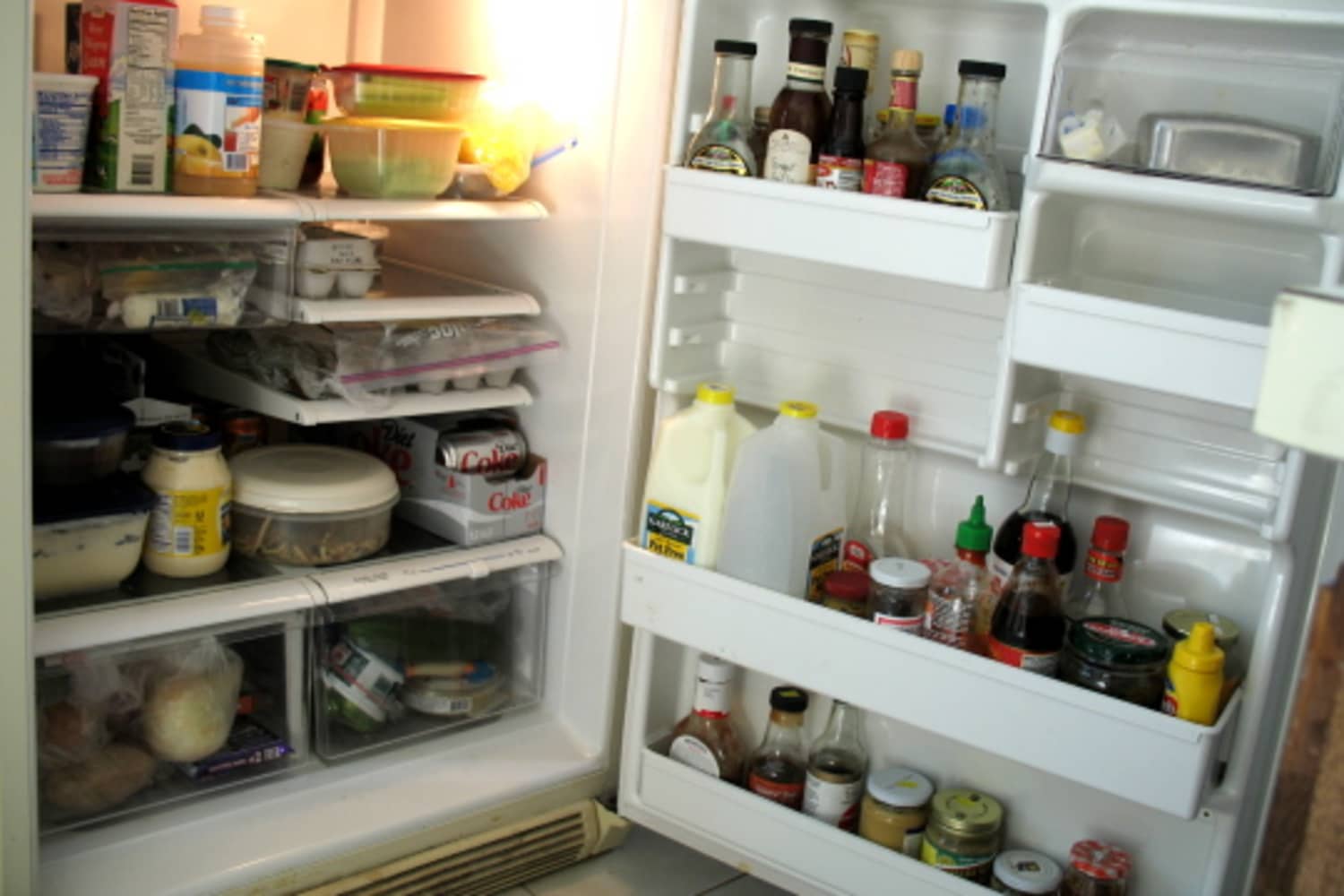
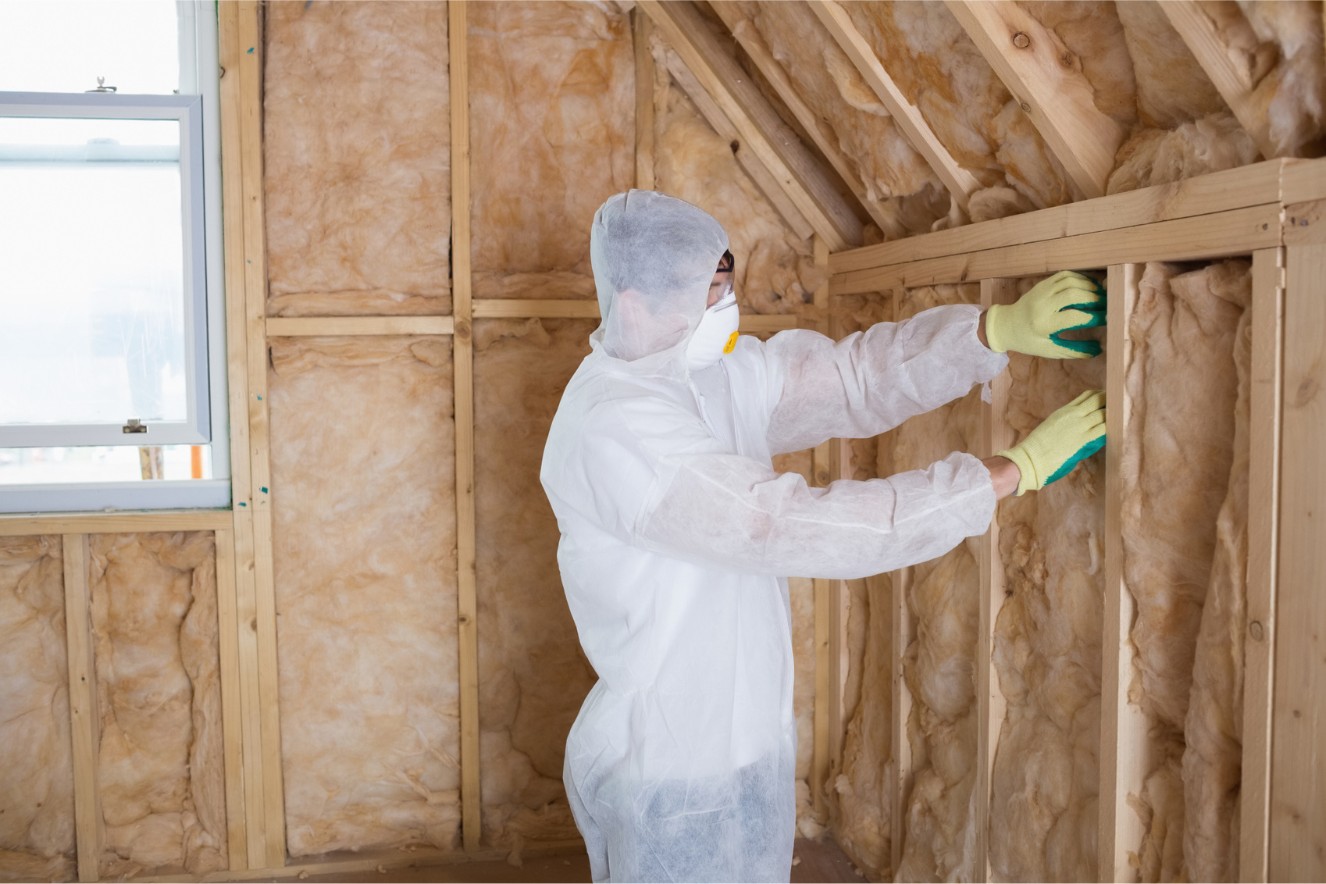

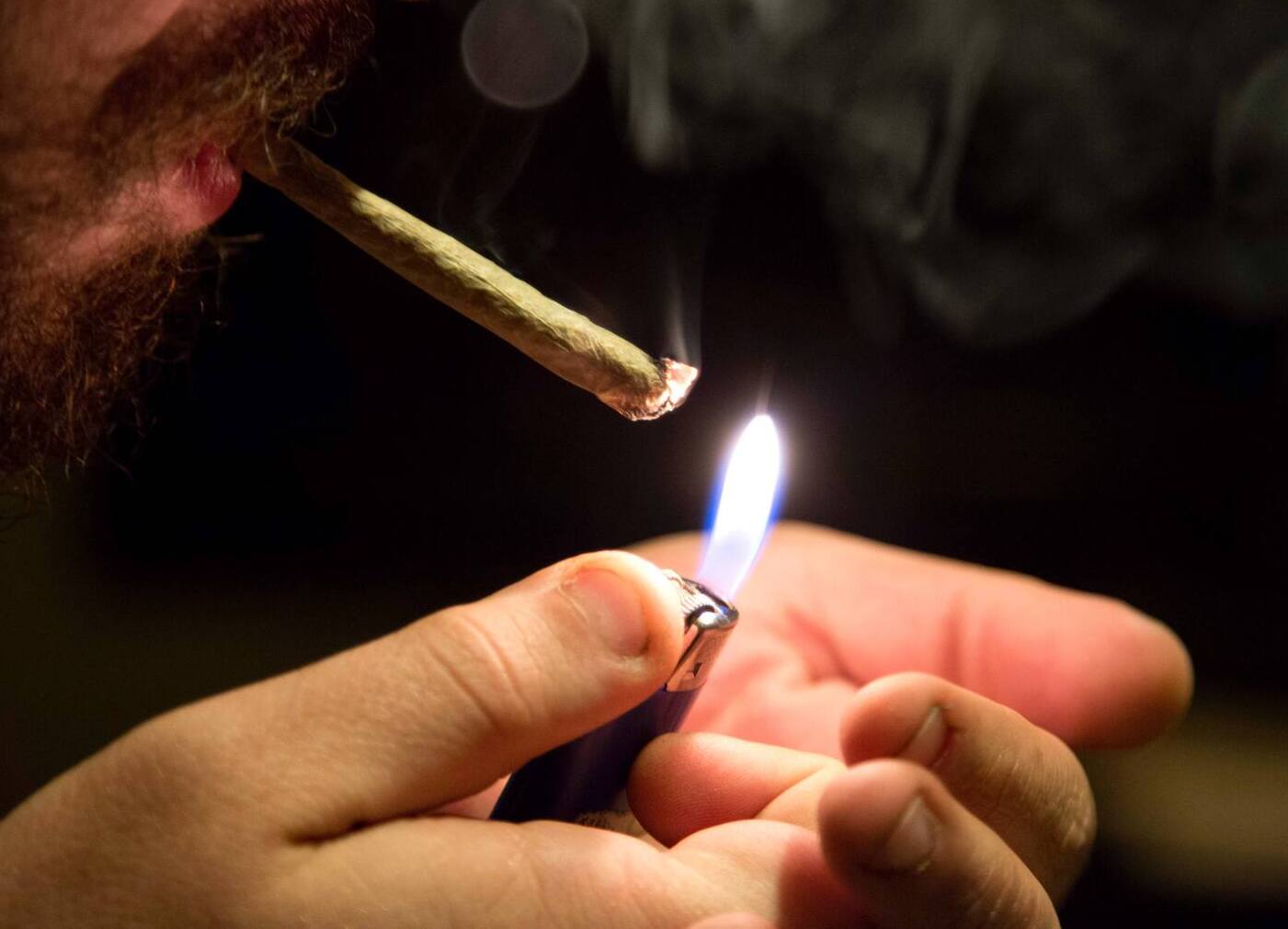




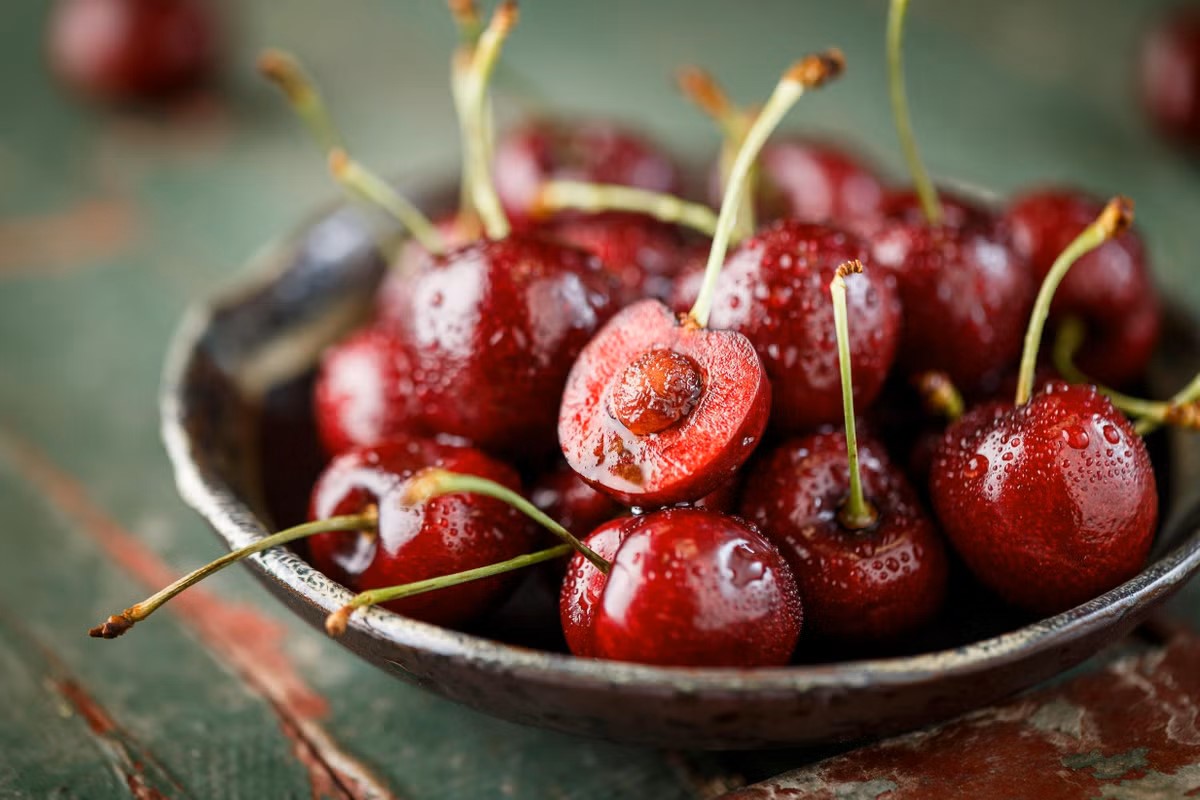

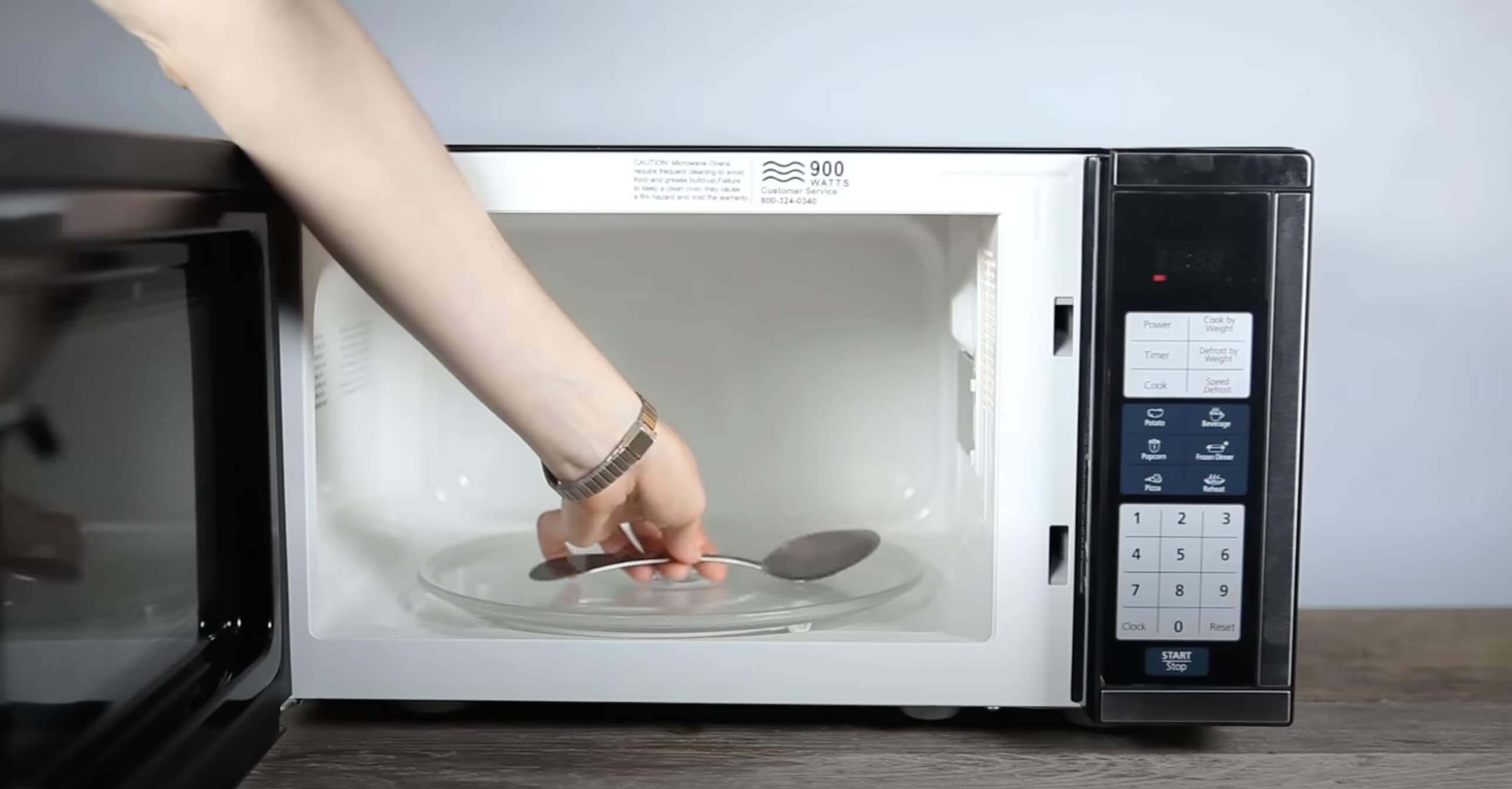

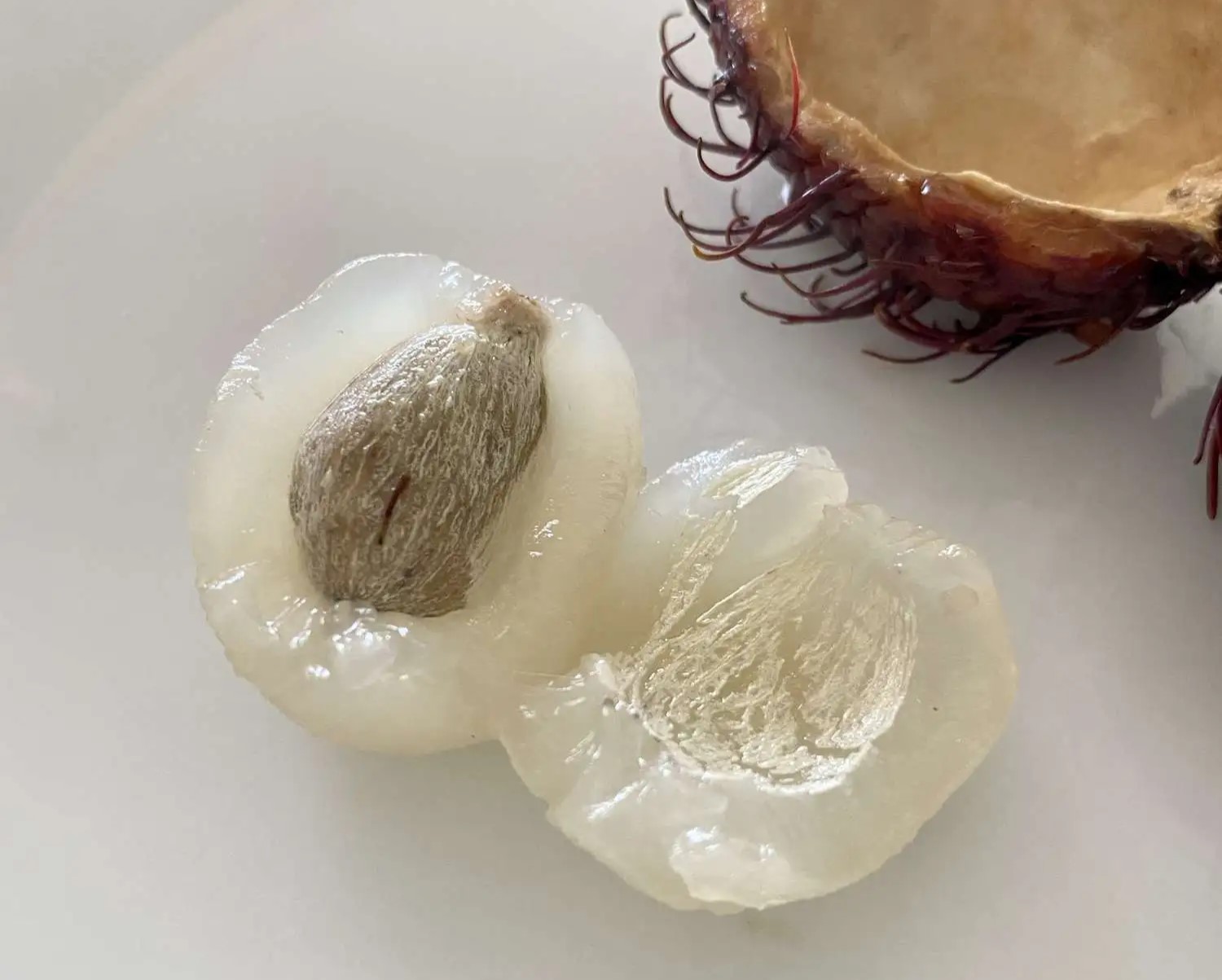


0 thoughts on “What Happens If You Leave A Kettle On”